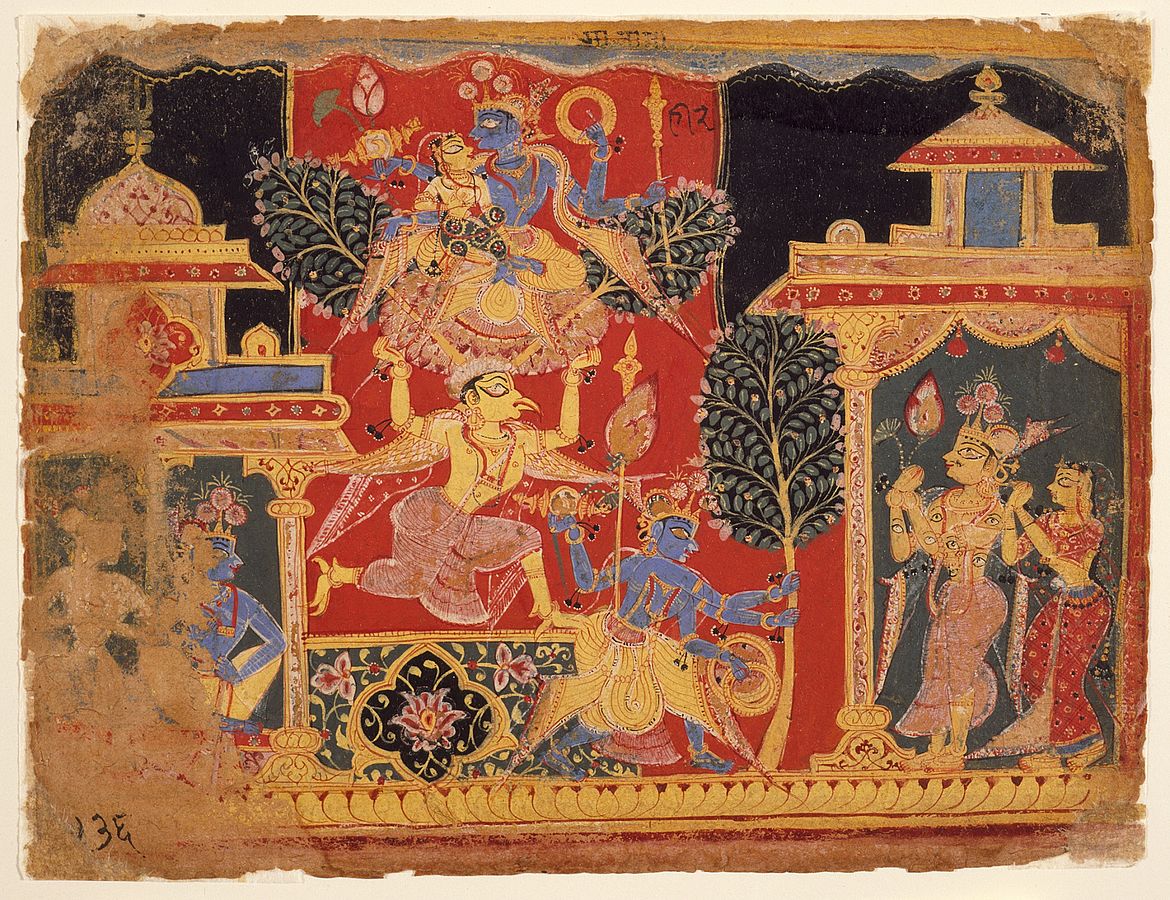Sir — Nothing says Autumn like a backyard carpeted with shiuli. For Bengalis, the shiuli heralds the beginning of the festive season. In Assam, however, the blossoming of the shiuli indicates a season of gastronomic delights. Shiuli, or xewali, as it is called in Assam, finds its way into a variety of dishes.
The practice of not wasting any edible resources is not a new one; it goes back hundreds of years. Flowers and leaves growing in the wild are often good and inexpensive sources of nutrition for those who cannot afford to buy commercially produced fruits and vegetables. Shiuli is just one such resource. It helps, of course, that the flower is so tasty.
Rohini Borphukan,
Guwahati
Risky apathy
Sir — The fire that ravaged Bagree Market last Sunday was, in ways, inevitable. Given the dangerous overcrowding both inside and around the market, and the flagrant violation of safety norms, it would be surprising had there not been an accident.
It is shocking that the licences of these traders were renewed in spite of the condition of their shops. In case the licences of all the traders had not been renewed, how did the law enforcement agencies not stop them from plying their trade? The numerous fires that have broken out across the city at regular intervals have clearly not taught the civic authorities anything. Moreover, this incident should send out a message to traders in other congested markets — there is no dearth of these in Calcutta — to get their act straight.
Sukhamay Biswas,
Calcutta
Sir — It is unbelievable that the fire in Bagree Market took three days to douse. What does this say about the capabilities of the fire brigade? Apparently, the mesh of overhead wires in the area could not be cut because the fire department was not sure if the cables were for electric supply or if they were television cable or internet wires. Why did this matter? A simple call to the Calcutta Electric Supply Corporation would have confirmed what the power supply company confirmed later anyway — there are no overhead electricity supply cables running in the area.
The lack of motivation and innovation when it comes to solving a crisis is often the biggest stumbling block in the path of dealing with a hazard. This lethargic approach, along with the lack of civic planning that plagues this city and a corrupt bureaucracy, makes the after-effects of an accident much worse.
Sanjay Agarwal,
Calcutta
Sir — Traders in the city have, for long, been flouting every safety rule with impunity. Repeated accidents like the fire at the Nandaram Market, the Sealdah market and now the Bagree Market have not made them aware of the hazards of faulty business practices. An excess of shops are crammed into a small space, staircases and entrances are blocked with goods, inflammable material is stored without permission and fire-fighting measures are inadequate.
Official stall-owners have now demanded that since unlicensed vendors have encroached upon the pavement and road — this delayed efforts to bring the fire under control — they should be removed. Why did they not think of lodging this protest before the fire broke out?
One expects the ruling party to take strict action instead of engaging in vote-bank politics and bowing to unjust demands of the trading community.
Indranil Banerjee,
Calcutta
Sir — It was shocking to learn that there have been 13 fire-related incidents in the city between 2002 and 2018. The city and its structures are old; the latter were constructed without adequate safety measures. But why have successive dispensations ignored the need to upgrade the building and make them less hazardous? Is it because this would require closing down these structures and lead to commercial losses? This fire incident shows that prevention is indeed better than cure. Had the traders or the civic administration taken adequate safety measures before, the latest accident could have been avoided. Surely the losses now are way higher than those which would have been incurred earlier.
T. Ghosh,
Midnapore










